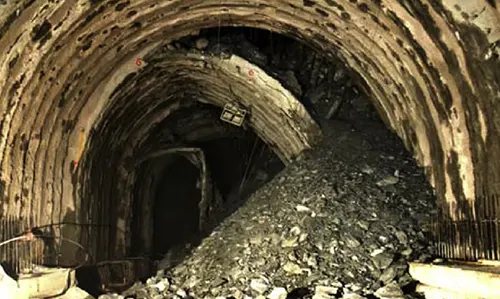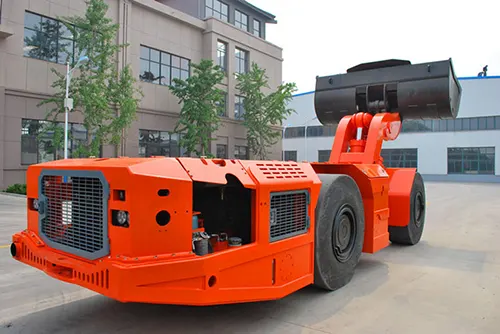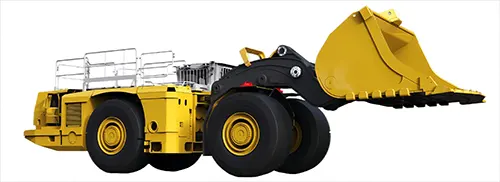Table of Contents
Introduction
Tunnels are the unsung heroes of modern infrastructure, but they can be temperamental. Whether you’re writing a novel about subterranean life or managing a real-life underground project, understanding when a tunnel collapse might happen is crucial. Fortunately, tunnel collapses are more like slow-motion car crashes than Hollywood-style disasters—if you know what to look for. Let’s dive into the seven critical signs that your tunnel might be on the brink of a breakdown and how you can prevent it.
1. Cracks in the Walls and Roof
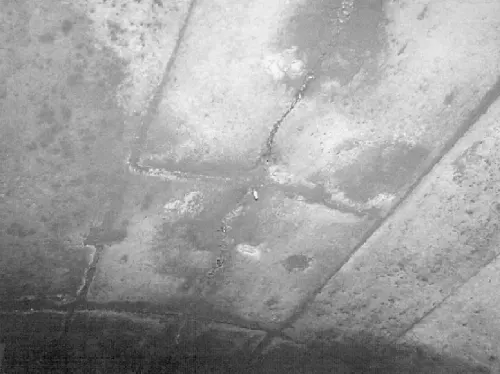
If your tunnel walls or roof start developing cracks, it’s time to pay attention. These cracks are like the wrinkles on a tunnel’s face, indicating that it’s under stress. A small crack today could be a gaping chasm tomorrow, especially if left unaddressed.
– Why It Happens: Cracks can form due to various reasons, including ground movement, changes in pressure, or the natural settling of materials. In dirt tunnels, this is particularly common as the material is less stable than rock.
– What to Do: Regularly inspect your tunnels for cracks. If you spot one, it’s time to reinforce the area with additional supports, like wooden beams or steel frames. And remember, wood is not just for looks—old-school miners loved it because it made noise before failing catastrophically, unlike metal.
2. Spalling of Rock or Dirt

Spalling occurs when small pieces of rock or dirt start flaking off from the tunnel’s surface. It might seem harmless at first, but spalling is a sign that the material is breaking down, which could lead to more significant issues.
– Why It Happens: Spalling is often a result of water infiltration, freeze-thaw cycles, or simply the stress of the overlying weight. In tunnels made of dirt, spalling can quickly escalate if not addressed.
– What to Do: Use shotcrete (a type of sprayable concrete) to stabilize the affected areas. This creates a protective layer that prevents further spalling and keeps the tunnel walls intact.
3. Unusual Noises: The Tommy Knockers Are Calling
Ever heard strange noises in a tunnel? No, it’s not just your imagination or the legendary Tommy Knockers (underground spirits blamed for tunnel collapses). Those pops, cracks, and creaks are the tunnel’s way of telling you it’s under duress.
– Why It Happens: These sounds are caused by the movement of rocks or the breaking of roof bolts under stress. It’s a sign that the tunnel is shifting or that the support systems are failing.
– What to Do: If you start hearing these noises, don’t ignore them. Check the tunnel’s support systems immediately. Reinforce or replace any failing components to prevent a potential tunnel collapse.
4. Visible Movement or Shrinkage
A tunnel that’s shrinking or visibly moving is a big red flag. If your once-spacious tunnel starts feeling a bit more claustrophobic, you could be in serious trouble.
– Why It Happens: This usually occurs when the ground is slowly collapsing inward due to a lack of adequate support. Dirt tunnels are especially prone to this because they lack the inherent stability of rock tunnels.
– What to Do: Reinforce the tunnel with additional supports, like cable bolts or steel frameworks. You might also need to expand the tunnel to its original dimensions to relieve the pressure.
5. Water Infiltration: The Silent Killer
Water is one of the biggest enemies of tunnel integrity. If you notice water seeping into your tunnel, it’s a sign that the structure is compromised.
– Why It Happens: Water infiltration can erode the tunnel’s materials, weaken its structure, and lead to spalling or cracks. Over time, it can also cause the ground to shift, leading to potential tunnel collapse.
– What to Do: Install proper drainage systems to redirect water away from the tunnel. Waterproofing the tunnel walls with a membrane can also help prevent water from seeping in.
6. Rockfall: When the Roof Comes Down

Rockfall is exactly what it sounds like—chunks of rock falling from the tunnel’s roof. It’s one of the most immediate and dangerous signs of tunnel instability and tunnel collapse.
– Why It Happens: Rockfall can occur due to natural wear and tear, inadequate support, or sudden shifts in the ground. In dirt tunnels, this can be even more dangerous because the material is less predictable.
– What to Do: If you experience a rockfall, evacuate the tunnel immediately and assess the damage. Reinforce the area with additional roof bolts, cable bolts, or shotcrete to prevent further incidents.
7. Structural Deformation: The Tunnel Is Warping
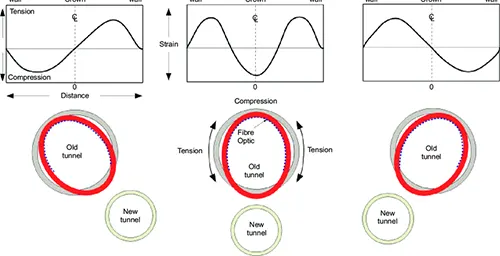
If your tunnel starts to look like it’s been through a washing machine spin cycle, you’ve got a serious problem. Structural deformation is a sign that the tunnel is under immense stress and could be on the verge of tunnel collapse.
– Why It Happens: Deformation occurs when the tunnel’s supports are no longer able to handle the pressure from the surrounding ground. This can lead to the tunnel warping, bending, or even collapsing.
– What to Do: Immediately reinforce the tunnel with additional supports. You might also need to reevaluate the tunnel’s design and make adjustments to accommodate the changing conditions.
Conclusion: Don’t Ignore the Warning Signs
Tunnels, like people, have their breaking points. But unlike people, tunnels give you plenty of warning before they collapse—if you know what to look for. By keeping an eye out for these seven critical signs, you can stay ahead of disaster and ensure your tunnel remains safe and stable for years to come. And remember, when in doubt, consult with a tunnel engineer. After all, it’s better to be safe than squished under a mountain of dirt and rock.
Related Links
10 Things You Must Know Before Working Underground: A Guide for Surface Miners
India tunnel collapse: Rescue efforts continue in Uttarakhand – BBC News

